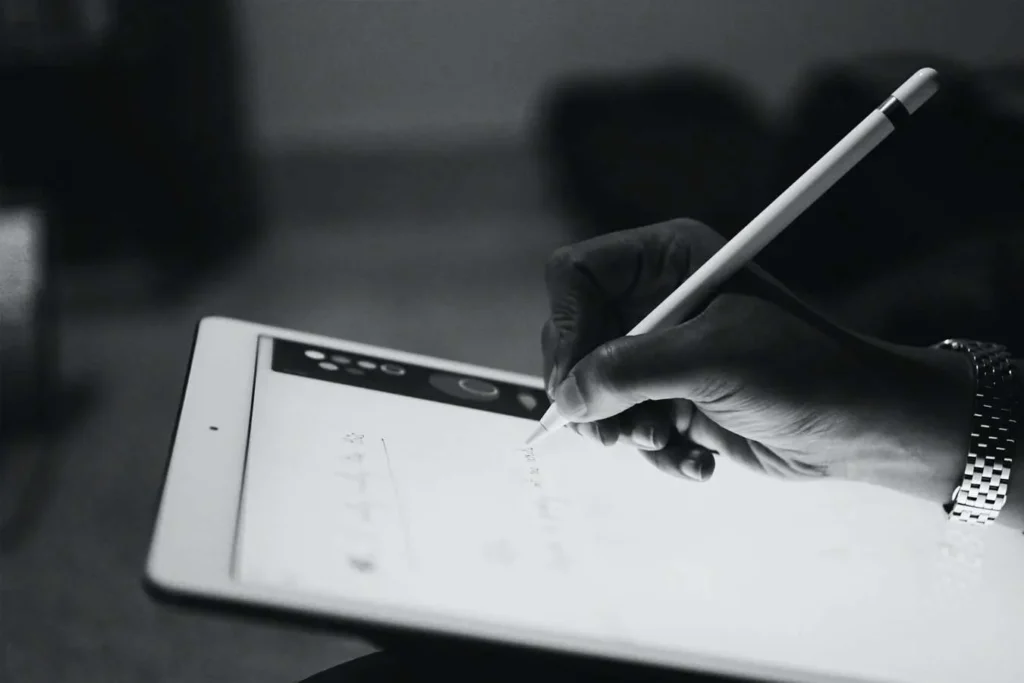Digital note-taking isn’t just a mere fad; it’s a revolution! As our world grows increasingly digitized, it’s crucial to adapt and embrace the ways of the future. Students, too, are not exempt from this wave of change. Modern, digital alternatives are gradually replacing traditional note-taking methods. And this shift is a game-changer.
Have you found yourself wrestling with a pile of disorganized, handwritten notes while trying to submit a ‘write a research paper for me’ request to a pro writer? If so, you’re not alone. Thousands of students across the globe are swapping their pens and notebooks for a digital stylus or keyboard.
Transitioning to digital note-taking can transform the way you study and improve your academic performance. To help you navigate this change, here’s a list of strategies to optimize your digital note-taking process for maximum results.
Embrace the Power of Digital Tools
If you’re venturing into digital note-taking, the first step is to choose a suitable tool. A few of the most popular ones include:
- Evernote: for its cross-platform functionality and extensive organizing capabilities.
- OneNote: if you prefer Microsoft’s ecosystem and the flexibility to create complex hierarchies of notes.
- Notion: combines note-taking with to-do lists, databases, and more.
- Google Keep: simple, user-friendly, and easily accessible across devices.
Develop a Note-Taking System
It’s not just about jotting down facts and figures. It’s about creating a meaningful structure that resonates with your thought process and boosts your retention. A digital note-taking system allows for easier referencing. So it can be especially handy when you’re working with a team of paper writers on a collaborative assignment.
Here’s how to create a compelling system

Source: archisoup.com
- Establish Hierarchies. Most digital note-taking tools allow users to create folders or notebooks to segregate notes based on subjects or categories. Within each folder, you can further create sub-folders or pages to break down complex subjects into simpler components. This hierarchical structure can help maintain order and make information easier to locate.
- Develop Consistent Headings and Subheadings. This uniformity allows you to quickly understand the structure of your notes at a glance, helping you navigate through your notes with ease.
- Leverage Tags and Labels. Tags are powerful tools to connect notes that contain related information but are not in the same folder or category. By assigning relevant tags, you can search for a specific tag and access all related notes across different folders.
- Adopt a Note-Taking Method. Consider using established note-taking methods like Cornell, Outline, or Mind-Mapping and adapting them to the digital space. These methods provide a systematic way of capturing and structuring information, making it easier to review and recall.
- Utilize Templates. Most note-taking apps provide templates, which are pre-designed structures to organize your notes. Templates can be a real time-saver, especially when taking notes for similar types of content, like meeting notes or lecture notes.
Use Active Recall and Spaced Repetition
The active recall involves testing yourself on the information, while spaced repetition focuses on reviewing notes after increasing intervals of time.
Both these strategies have been proven to strengthen neural pathways associated with the information. Thus, it becomes easier for you to retrieve it when needed, like when using an essay writing service and passing your notes to an expert.
Incorporate Visuals and Diagrams
Create visuals and diagrams that can aid understanding and memory.
Digital tools make it possible to:
- Embed images directly into your notes.
- Create charts, graphs, and mind maps.
- Use color coding to organize and highlight key points.
Learn Keyboard Shortcuts

Source: paperlike.com
Keyboard shortcuts can significantly speed up your note-taking process. Here’s how to make the most of keyboard shortcuts:
- Master the Basics. Begin with the universal shortcuts that are common across most software. For example, Ctrl+C (or Command+C on Mac) for copy, Ctrl+V for paste, and Ctrl+Z for undo.
- Explore App-Specific Shortcuts. Dive into the shortcuts unique to your chosen note-taking app. These could include creating a new note, adding tags, inserting hyperlinks, or formatting text. Check out the app’s help center or support page to discover these shortcuts.
- Customize Your Shortcuts. Some applications allow you to customize or create your own shortcuts. This feature is handy if there’s a specific action you frequently perform that does not have a default shortcut.
- Practice Consistently. Like any new skill, mastering keyboard shortcuts requires practice. With time, you’ll notice your navigation and note-taking becoming quicker and more fluid.
- Invest in a Shortcut Cheat Sheet. Consider creating a cheat sheet listing all relevant shortcuts and keep it at your desk or as a digital note. It can serve as a quick reference until you have the shortcuts memorized.
Regularly Review and Update Your Notes
As your understanding of a topic deepens or changes, your notes should reflect that growth. Digital notes make it easy to revise, update, and even rearrange information. Regular review will also help you remember the material better.
Backup Your Notes
Always have a backup of your notes to avoid the disaster of losing your precious data. Most digital note-taking tools automatically backup your notes to the cloud. However, it’s still advisable to manually back up your notes for extra security.
Try Collaborative Note-Taking
This feature can be particularly helpful when you are working on a group project or studying with friends. By allowing for the sharing of notes, ideas, and feedback, you can enhance the learning experience.
In the end, you might find that employing the best paper writing services is the most efficient way to get through those demanding essays. It’s even more beneficial when you have structured and easy-to-navigate digital notes at your disposal.

Source: tentechreview.com
Summing Up
Whether you’re studying for an exam, preparing for a presentation, or trying to understand a complex topic, the way you take notes can make a difference.
Digital note-taking is no longer a thing of the future; it is the present, and it is here to stay. So, grab your digital tool of choice, start exploring its functionalities, and dive into the digital note-taking revolution. Your path to academic excellence just got a whole lot smoother!



